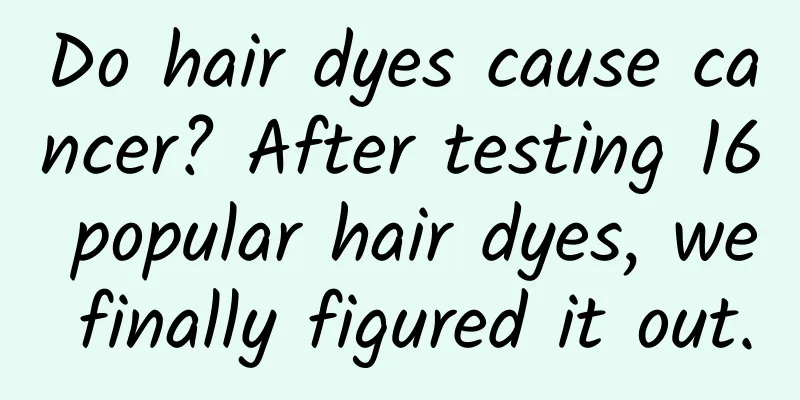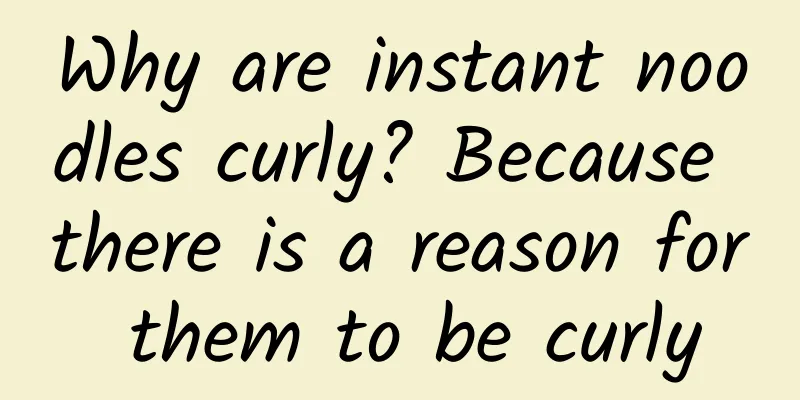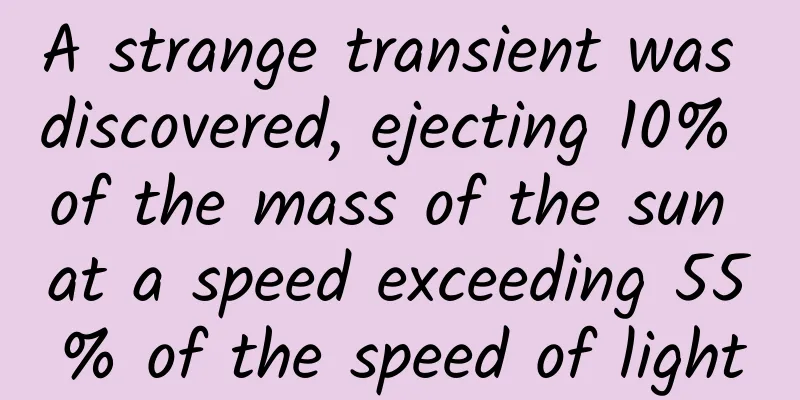Do hair dyes cause cancer? After testing 16 popular hair dyes, we finally figured it out.

|
For a long time, hair dye and cancer have been firmly linked together in people's subconscious minds, and most of us have grown up hearing that "hair dye causes cancer." But whether young or middle-aged and elderly people, they all need to dye their hair. In this case, can they still dye their hair happily? This time, Daddy Test cooperated with Hangzhou E-commerce Anti-Counterfeiting Federation and Hangzhou.com to purchase 16 popular hair dyes from shopping platforms and a barber shop wholesale channel: Sample fee 8702.4 + testing fee 10108.73 = 18811.13 yuan (sample fee includes test wig) Finally, I can tell you with measured data: Will perming and dyeing your hair harm your body? 1. Does hair dye cause cancer? In order to explore the source of "hair dyeing causes cancer", we found a study published in BMJ, the world's top comprehensive medical journal, in 2020. In this study, 120,000 American women were followed up for 36 years and the following conclusions were drawn: There is a low correlation between personal use of permanent hair dyes and most cancer risks and cancer mortality. In addition, we also found that the International Agency for Research on Cancer also listed common ingredients in hair dyes (such as p-phenylenediamine, resorcinol, hydrogen peroxide, etc.) as Class III carcinogens. The so-called Class III carcinogens refer to substances or mixtures whose carcinogenicity to humans has not yet been classified. In other words, whether hair dye is carcinogenic or not remains to be studied. 2. What are the hidden dangers of hair dyeing? Although all the evidence shows that hair dye does not cause direct harm to the human body, it is undeniable that some ingredients do pose risks. We have combined the "Technical Specifications for Safety of Cosmetics" and the risk assessment of the European Chemicals Agency (ECHA) on common ingredients in hair dyes and summarized their risks: At the same time, I sorted out the ingredient lists of 16 hair dyes and found that: 11 samples contained resorcinol; 10 products contained hydroquinone; 10 contained m-aminophenol; 4 of the products contain toluene 2,5-diamine (sulfate) 3 of them contain p-aminophenol This means that we are very likely to come into contact with these allergenic dyes during the hair dyeing process. According to the "Information Tips for the Use of Hair Dye Cosmetics" issued by the State Food and Drug Administration: In 2017, there were 2,688 reports of adverse reactions/incidents related to hair dye cosmetics, accounting for 21.02% of the total. Adverse reactions may include mild redness, itching, and burning pain of the scalp; severe cases may cause swelling of the scalp, neck, and face, blisters, yellow discharge, and even purulent infection. So instead of worrying about whether hair dyes are carcinogenic, we should pay more attention to whether hair dyes are allergenic. However, this problem is actually very easy to solve. Just do an allergy test before dyeing your hair. 3. Is pure plant hair dye really natural and harmless? During our early research, we found that some brands are still promoting "plant formula" and "ecological hair dye". Some brands are promoting "clear water formula"... (I scratched my head and really didn't understand) We believe that practice is the only criterion for testing truth, and sent all 16 samples to the laboratory. According to the requirements of the "Cosmetic Safety Technical Specifications", 8 common hair dye ingredients were tested. The test results are as follows: Sample No. 2 was found to contain 0.0724% m-aminophenol Sample No. 6 was found to contain 0.4944% p-phenylenediamine No p-aminophenol was detected in sample No. 16, which is inconsistent with the ingredient list Hair dyes are special-purpose cosmetics, and the national standard GB 5296.3-2008 "General Labeling of Cosmetics for Instructions for Use of Consumer Products" also stipulates that the names of all cosmetic ingredients should be truthfully marked on the packaging. In particular, for sample No. 6 which claims to be "plant-based formula, mild and ammonia-free", the specification clearly stipulates that the words "contains diphenylenediamines" must be printed on the label. The result is that these merchants promised consumers that p-phenylenediamine was not detected, but secretly added p-phenylenediamine into the products. It is a perfect interpretation of what it means to be "skilled and daring". During our investigation, we also found that the State Food and Drug Administration had issued notices many times that a product called "Zhang H Ecological Hair Dye Cream" was repeatedly found to contain ingredients that did not match the label in random inspections. In addition to these irregular packaging, the promotional slogans on the product details page should also be carefully identified. Among the 16 samples, 10 samples used words such as "plant hair dye, plant ingredients, plant formula" in their promotion. However, after checking the formula table and test results, except for No. 7, which is a semi-permanent hair dye with only one hair dye ingredient added, the other permanent hair dyes claiming to be "plant formulas" are essentially chemical hair dyes with some plant ingredients added. According to China Quality News Network, as of March 2020, no "pure plant" hair dye has been successfully approved in my country. The safety of hair dye should be considered comprehensively based on frequency of use, dosage, and one's own physical condition, rather than pinning one's hopes on the conscience of the merchant. 4. Does hair dye really not damage hair? After saying so much, does dyeing your hair really damage it? Our teacher Tony invited a volunteer to bleach her hair twice and dye it once. After each step, we would take a few strands of her hair and send them to the laboratory for electron microscope images. The cuticle and edges of undamaged hair scales are relatively smooth, overlapping like shingles; the cuticles of hair that have been bleached once are damaged by the oxidants and alkalis in the bleaching products, causing their edges to become stacked and uneven. The edges of the hair scales that have been bleached twice have been peeled off to the inner epidermis, causing serious damage; after dyeing, the dye penetrates into the hair cortex, the hair scales peel off more severely, and the hair is in a damaged state. It seems that the damage to hair caused by bleaching and dyeing is inevitable and irreversible. We would also like to remind everyone here: For the sake of your own health and that of your hair, it is best to control the frequency of hair dyeing. It is recommended not to exceed 2 to 3 times a year. Generally speaking, dyeing your hair can cause irreversible damage to your hair and may also cause scalp allergies due to some allergenic ingredients. However, the carcinogenic risk of hair dye is not yet clear, so those who are worried that hair dye may cause cancer can relax a little. Finally, we have summarized a "little suggestion for hair dyeing" for everyone, please check it out~ References[1]Yin Zhang, Brenda M Birmann, Jiali Han, etc. Personal use of permanent hair dyes and cancer risk and mortality in US women: prospective cohort study [J]. BMJ 2020; 370. doi: http://doi.org/10.1136/bmj.m2942. [2] Wu Jing, Liu Min, et al. Analysis on the quality and safety status of hair dye cosmetics from 2018 to 2019 [J]. Fragrance and Fragrance Cosmetics, 2021, 01, (02): 65-72. [3] Cosmetic Safety Technical Specifications 2015 Edition [4] Xiao Ziying, Li Qun. Paraphenylenediamine oxidative hair dyes and human health[A]. Proceedings of the 9th China Cosmetics Academic Symposium. [5] Wang Shasha, Ren Lian, Liao Xue. Analysis of monitoring results of 32 dyes in oxidative hair dyes[J]. Pharmaceutical Chemicals, 2021, 47(04): 138-141. |
Recommend
Deloitte: Outlook for automotive suppliers in 2025
Automotive players are facing disruptive times. I...
15,000 applications and 1 billion ecological devices, pure Hongmeng completely rewrites the mobile phone operating system market landscape
On October 22, at the Huawei HarmonyOS Night and ...
Different drugs require different infusion sets - today we will take a look at the infusion set family
The disposable infusion sets commonly used in cli...
Can it bear "a huge weight"? Sisal wire rope core: the "behind-the-scenes hero" of elevator safety
1. What is sisal? Sisal is a perennial tropical h...
Is this another round of mobile phone manufacturers following suit in grabbing a spot in the VR market?
Last night, Honor released the V series' firs...
Intel releases new NUC mini PC, half as thin as previous version
Although many gamers and professional users are i...
Are you enjoying the joy of shopping before the holidays? Beware! This type of fraud calls are common →
"Hello, I am the customer service of ×× Expr...
Event Operation | How to organize an event with a high degree of completion?
How can an operator carry out an activity more sc...
2020 Teacher Gu's Modeling and Color Intermediate Class
2020 Teacher Gu's Modeling and Color Intermed...
Kingsoft Cloud signs contract with Xiongmai to build smart life
On December 30, Kingsoft Cloud and Xiongmai Techn...
4 ideas to find seed users for product launch!
When a product is in the early stages of operatio...
Three articles with over 1 million views, what secrets are hidden behind Didi Hitch’s wordless book?
At a time when the opening rate of public account...
E-commerce promotion and paid membership operation strategies!
The last e-commerce festival of this year, "...
Liang Huanzhen-Overclocking Context: All-Round English Storm Camp
: : : : : : : : : : : : : : : about? you1.pdf 6.67...
Tutorials can make or break a game: A brief analysis of the design of a tutorial for new players
Have you ever had this experience? When you are ex...






![[Creative Cultivation Program] This kind of sheep has a long and big tail](/upload/images/67f25529f2748.webp)


